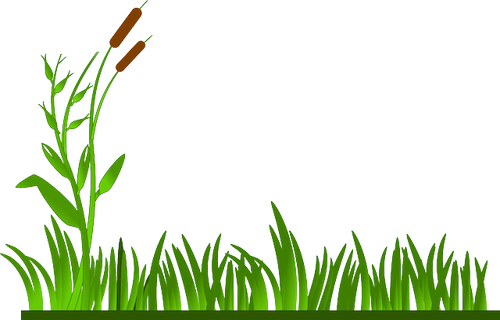Aware of the necessity of action for the protection of the water resource and aquatic habitats, the Gauvreau Lake Environmental Protection Association (GLEPA) decided to establish a drainage basin enhancement plan, starting with its main affluent.
The dredging of the Parent creek in the 1960s resulted in the disappearance of habitat diversity. The Association thought that it was possible to implement corrective measures to revitalize the creek, increasing the quality of fish habitats and their productivity. The aquatic habitats of the creek were not known at the time. Acquiring this knowledge was an essential first step in establishing priorities for its revitalization.
The following were the specific objectives of the project:
- Characterize the aquatic habitats of Parent and Gibson Creeks (18 Km),
- Characterize the conditions of the creeks shorelines and erosive areas,
- Establish a five-year plan for the revitalization of aquatic ecosystems.
Several studies had already established the Parent Creek as the main source of nutrients, such as phosphorus and nitrogen, which favour the anarchic growth of plants, algae and cyanobacteria in the lake. The expected by-product of the creek revitalization project was the substantial reduction of nutrients inflow to the lake and the slowing of its aging process.
The GLEPA mandated a private consultant’s firm to conduct the characterization of the Parent creek. Read more and see the report below.
Due to a GLEPA initiative, the environmental consulting firm PRO FAUNE published a ‘Development Plan for the Aquatic Habitats and the Banks of Parent Creek’. This study report identified a number of concerns that affect the quality of the aquatic habitats of the creek – and as a consequence, the water quality of Lac Gauvreau – including the condition of the creek banks along the farm fields, the electric fencing, and the access by cattle for drinking water.
Information already available was combined with data collected on the ground in September 2007, allowing an evaluation of the problems of Parent Creek and the formulation of recommendations for the development of the potential for fauna and of water quality. With this information, the Association and its local and governmental partners were able to compose a plan for intervention and protection of the sensitive habitats for fauna and the creek banks in order to preserve the biodiversity of the principal inflow to Lac Gauvreau.
In summary, to improve the quality of the Parent Creek ecosystem and to optimize its potential for fauna, the report deemed it essential to keep livestock at a distance from the Creek, to establish adequate watering sites, to stabilize the creek bed and banks, and to ensure the effectiveness of individual septic systems of residences in the drainage basin in order to reduce the runoff of suspended material, total phosphorus and fecal coliform.
> Read the
Parent Creek revitalization study; key findings published June 28, 2008
> Read the full report:
2008 Bolduc Ruisseau Parent> Read the
Executive Summary Parent Report>
Read article in Gauvreau Lake News, June, 2008BACKGROUND TO WHY THE 2008 REPORT WAS PRODUCEDIn 2007, Lac Gauvreau received $14,000 to study the impact of pollutants flowing into Lac Gauvreau from Parent Creek. According to
The Low Down to Hull and Back News August 29 - September 4, 2007, “…The aim of the study… is to… pinpoint the sources of any deterioration [of Parent Creek], such as high levels of nutrients. High levels of nutrients, like phosphates, can lead to higher chances of algae bloom…” [and of promoting the growth of Eurasian water-milfoil].
>
Read Association press release




















